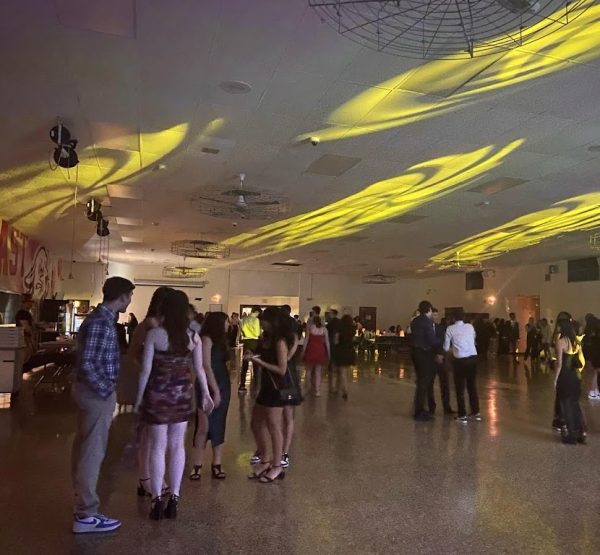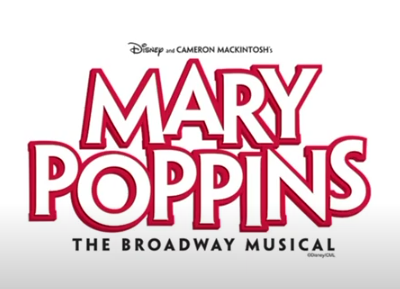Cherry Hill East holds annual Spring Blood Drive
More in News/Features...
The spring blood drive chairpeople worked hard to make sure the event was a success.
Cherry Hill East’s annual spring blood drive took place this past Tuesday, March 12 and Wednesday, March 13. East students donated about 154 units of blood to the Red Cross, who will use the donations at hospitals or for medical testing. This year’s blood drive saw a decrease in overall donors.
“The spring drive is always more difficult because you have a lot more athletes that are in season, and so there’s pressures… with athletic performance versus community service. There’s also a lot more requirements, or restrictions, set by the FDA for donor safety. But it does impact the total numbers that we are able to collect,” said Faculty Adviser Mr. Charles Davis.
In the past, the spring blood drive would collect between 280 to 290 units of blood.
“I don’t know if it’s increased deferrals, I don’t know if it’s less kids signing up, it’s something we’ve got to kinda wrap our heads around,” said Davis.
This year’s theme was centered around the popular Nickelodeon television show “Spongebob Squarepants.” Blood drive organizers wore blue shirts with the slogan “Blood Drive: East Special Episode” in the Spongebob logo. On the back side the slogan “jellyfishing for donors” was above a list of all the blood drive’s sponsors, who donate at least two hundred dollars. The two hundred dollars go towards making the shirts and giving them out for free to donors, helpers, and chairpeople.
The blood drive also receives donations for food. After giving blood, donors are given food and water before returning to class. This year’s blood drive had food from Chick-fil-A, PDQ, Chipotle, Primo’s, Manhattan Bagel, Dunkin Donuts, Frutta Bowls, many Cherry Hill pizza places, and more, according to Chairperson Nicole Benson (‘20). She added that about 95 percent of the food was donated.
These are all measures to make the blood drive as comfortable as possible for donors.
“Us as chairpeople and helpers will talk to them and make sure that they’re not as stressed or make sure to hold their hand if they’re nervous,” said Benson.
Once the blood is donated, the Red Cross collects a couple of vials and tests to make sure that the blood is safe. If the blood is determined to be safe for use, then it is stored at a blood donation center and used throughout the South Jersey area, which is currently facing a blood shortage. Donating once can save three lives and double donating can save six lives.
“[The blood drive] is always hard because we don’t want to pressure people into it, but at the same time, we just want to save as many lives as possible and that’s our main goal,” said Benson.








